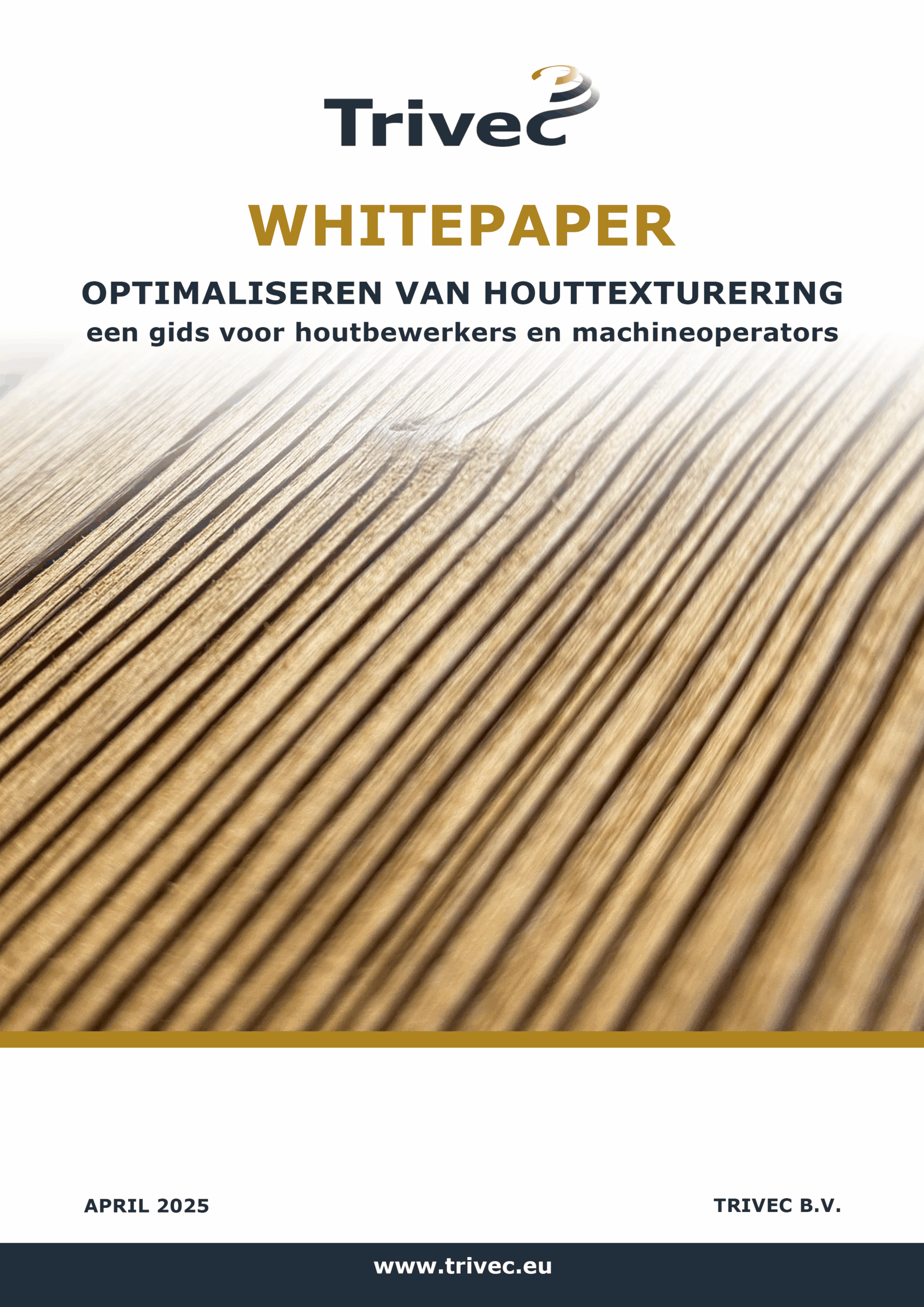Struggling to achieve the perfect brushing effect? You’re not alone.
You’ve set up your brushing machine, expecting a flawless result—only to find the texture is too deep, too shallow, or inconsistent. Maybe even bristles are breaking or wearing out too quickly.
The good news? It’s not your fault.
Many professionals in woodworking and surface treatment struggle with getting consistent brushing results. Why? Because achieving the perfect effect depends on multiple factors:
– The type of brush
– The speed and running direction
– The type of wood
– And most importantly… the cutting edge and brush pressure.
Understanding the cutting edge: the secret to consistent results
Did you know that the cutting edge of a brush is crucial for achieving the right effect?
With metal brushes, the cutting side is much more noticeable compared to Tynex brushes. You can easily identify the cutting side by running your hand over the brush—one direction will have more resistance, and that’s the cutting side.
4 Unique brushing effects you can control
1. Cutting edge WITH the grain
– Creates a nice textured effect without damaging the front side.
– Can form deep, robust grooves depending on the brush type.
– Works best when combined with softer brushes running against the grain.
2. Cutting edge AGAINST the grain
– Produces an intense texture with a deeper effect.
– Can slightly round off sharp edges.
– Ideal for aggressive surface structuring.
3. Non-cutting edge WITH the grain
– Creates a softer, more subtle texture.
– Perfect for delicate finishes without deep grooves.
4. Non-cutting edge AGAINST the grain
– Provides the softest effect with minimal rounding.
– Great for light sanding and subtle textures.

More pressure = better results? Not always.
Many assume that increasing brush pressure leads to better results, but that’s a common mistake. Too much pressure can cause:
- The brush to wipe instead of texture.
- Loss of the natural grain effect because the bristles are compressed too much.
- Bristle loss, leading to faster wear and reduced brush life.
Our tip: Start with light pressure and gradually adjust until you achieve the perfect effect.
Take full control of your brushing process
At Trivec, we believe perfect brushing shouldn’t be a matter of luck—it should be a repeatable process you control. That’s why we share our knowledge to help you optimize your production results.
Want to refine your brushing process?
Join a training session at Trivec, where we’ll help you unlock the full potential of your brushing machines.
Contact us today to get started!



